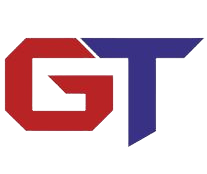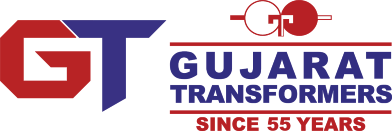
Solar inverter duty transformers are used to transfer electrical energy while maintaining the change frequency, and their name mainly depicts their main usage in inverters. As they can convert DC supply into AC supply with a lower voltage requirement, these transformers are helpful to step up the voltage at a value higher than the equipment requirement.
They were explicitly designed in Vadodara in Gujarat for solar and wind energy applications to provide multiple windings on the transformer’s primary side. This is helpful in the enhancement of their performance and connecting the inverters to the grid. Read more about them below:
Components
These are the components of the solar inverter duty transformers:
- MOSFET
- Transformer
- Circuit breakers
- Diodes
- Operational Amplifiers
- Rectifiers
Technicalities
These are the technical features of a solar inverter duty transformer:
- These transformers provide set-up for grid-tied photovoltaic systems.
- Their power rating varies between 100 to 10MVA.
- The input voltage ranges from 220 to 800 Vs.
- The output voltage can go up to 36 kV.
- The frequency rating can be 50 or 60 Hz.
- The winding materials can be copper or aluminium.
- The cooling type in these transformers can be ONAN/ONAF.
- Their altitude coverage can be 1000, 2000, or 3000 meters.
- This type of transformer has a conservator or sealed type of breathing.
- The standard of this transformer is IEEE C57.159/ IEC 60076.
Constitution
These transformers are created for high operation reliability. They are also relatively safer with no direct engagement, so they suit industries and buildings more. They also distribute power effectively from medium to low voltages, and they are accessible and ensure maximum operation and protection guarantee. Such transformers have three compartments, the transformer compartment, the HT compartment, and the LT compartment.
Application
Let’s discuss the applications of solar inverter-duty transformers. They are used in:
- Elevator operation systems
- Photovoltaic grids
- Windmill power transmission centres
- Solar panels
- Control panels
Principle of design
The working principle requires the transformer to be a simple combination of a transformer and an inverter to increase functionality. These are the activities that make up its design:
- Input is taken from the DC supply or battery in the form of stored energy
- MOSFETs series in the inverter switch for current conversions from DC to AC supply.
- In a parallel connection, the AC reaches the primary winding in the transformer.
- The transformer’s core is magnetic, which wounds around primary and secondary windings.
- The primary winding of the power transformers is connected to the secondary, which transfers power due to the electromagnetic effect.
- The voltage is then stepped up or down.
Conclusion
The solar inverter duty transformers are designed in a concept of a combination between power transformers and inverter transformers. The current coming from the DC supply is switched by the inverter into the AC supply, using MOSFETs semiconductors. According to the turn ratio, the transformers step up or down the voltage from the primary to the secondary winding.


